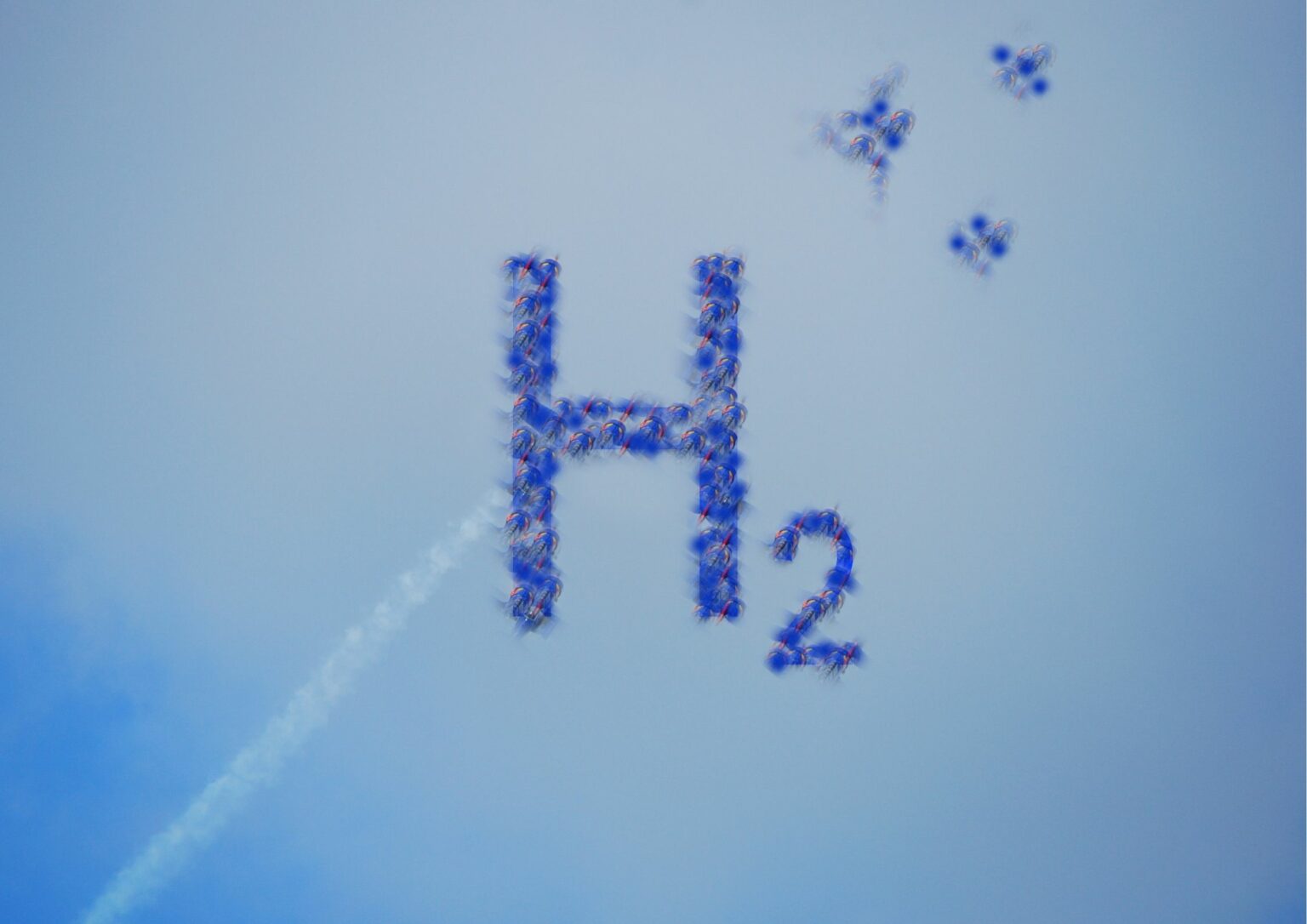Statkraft has conducted a comprehensive feasibility study on hydrogen projects, shedding light on the challenges and opportunities in achieving sustainable hydrogen production. Focusing on Europe, the study addresses regulatory complexities, technological considerations, and the pivotal role of intermediaries in the evolving landscape of green hydrogen.
Statkraft highlights the impracticality of relying solely on solar capacity for hydrogen production. For a 1 MW electrolyzer to achieve a 40% utilization rate, an oversized solar capacity, five times the electrolyzer capacity, would be required. This results in excess production, posing economic challenges.
To enhance electrolysis economics, Statkraft emphasizes the importance of using diversified renewable energy portfolios rather than single assets. The company proposes tapping into different renewable energy sources to optimize hydrogen project efficiency.
While a combination of onshore wind and solar improves the electrolyzer utilization rate to 60%, challenges persist with 20% excess production. This underlines the need for strategic synergy between different renewable sources for effective hydrogen production.
Statkraft identifies hydropower from large reservoirs as a cost-competitive and stable 24/7 baseload power source, especially in Scandinavia. This highlights the significance of leveraging existing hydropower capabilities for hydrogen projects.
The company has signed multiple PPAs for hydrogen production, indicating a commitment to renewable electricity supply. Statkraft’s strategy involves leveraging extensive portfolios through partnerships with market integrators, including utilities and intermediaries.
Despite the momentum in the hydrogen space, Statkraft acknowledges few investment decisions due to EU regulatory challenges. The company proposes clarifications to legislation, expressing concerns about the potential increased costs and complexity imposed by stringent requirements.
Statkraft emphasizes the pivotal role of intermediaries, such as utilities, traders, and aggregators, in the success of green hydrogen projects. Seeking clarification on their role in EU regulations, the company argues that intermediaries are more than facilitators; they play a crucial role in integrating renewable energy into the market.
According to Statkraft, a well-functioning market, facilitated by intermediaries, is essential for ensuring profitability in renewable energy and hydrogen projects. The study advocates for a broader acceptance of PPAs with intermediaries to accelerate the development of green hydrogen projects in Europe.
Statkraft’s study provides valuable insights into the intricacies of hydrogen project feasibility, urging industry stakeholders, regulators, and investors to collaborate in navigating challenges and unlocking the full potential of green hydrogen.
